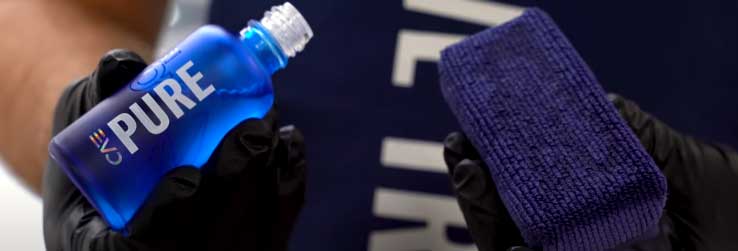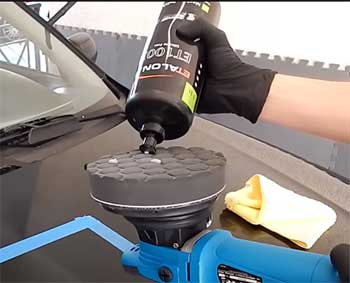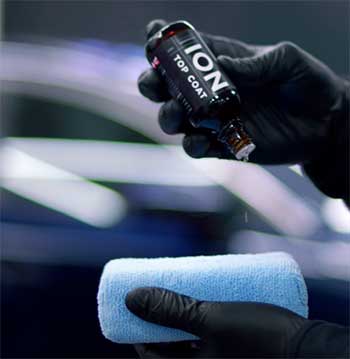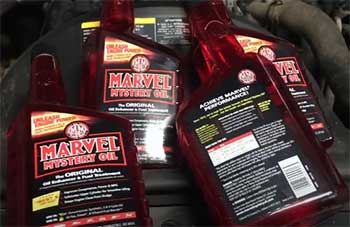If you’re like me, you love keeping your car looking pristine. Maybe you’ve heard about ceramic coatings and thought, “Wow, that sounds like a game-changer!” And sure, ceramic coatings are often marketed as the ultimate solution for protecting your vehicle’s paint.
But before you jump on the bandwagon, let’s pump the brakes a bit. I want to take you through the lesser-known side of ceramic coatings—the negatives that don’t always make it into the glossy brochures.
This isn’t to scare you off, but to help you make an informed decision.
Ready to dive in? Let’s go!
The Hype Vs. Reality

First, let’s acknowledge the hype around ceramic coatings. They promise long-lasting protection, a glossy finish, and ease of maintenance. Sounds perfect, right? But, as with most things, there’s a catch—or several. Here, we’ll explore the various downsides to ceramic coatings, so you’re not blindsided after application.
- High Initial Cost
One of the first things you’ll notice about ceramic coatings is the price tag. Unlike waxing or using a sealant, ceramic coatings can be quite expensive.
You’re looking at anywhere from a few hundred to a couple of thousand dollars for professional application. Yes, you can buy DIY kits, but those come with their own set of challenges, which we’ll get into later.
- Professional Application Required
Speaking of professional application, this isn’t something you can just slap on your car in your driveway (well, not if you want it to work properly).
The process involves meticulous preparation, including paint correction to remove any imperfections. If you don’t get this right, you’re essentially sealing in all those scratches and swirls under a hard, transparent shell. Not exactly what you were hoping for, huh?
- DIY Challenges

Okay, so maybe you’re a DIY enthusiast and thinking of taking this on yourself.
Be warned: applying ceramic coating is not a simple weekend project.
It requires a clean, dust-free environment, and you have to be precise with the application to avoid streaks or high spots.
Miss a spot or apply it unevenly, and you’ll end up with a patchy finish that’s harder to fix than it is to apply.
Trust me, the margin for error is thin, and correcting mistakes can be a nightmare.
- Misleading Durability Claims
Many ceramic coating brands boast that their products last for years, often up to five or more. While they are indeed durable, they’re not invincible.
Real-world conditions—like exposure to harsh weather, frequent washing, and even the occasional bird dropping—can wear down the coating faster than advertised. You’ll likely need to reapply it or at least maintain it regularly to keep that glossy finish.
- Water Spotting
You might think ceramic coatings repel water like a superhero deflects bullets. In reality, while they do have hydrophobic properties, they’re not foolproof.
Water spots can still form on your car’s surface, especially if you live in an area with hard water. These spots can be stubborn and sometimes require special products to remove, defeating the “low-maintenance” promise.
- Not Scratch-Proof
Another common misconception is that ceramic coatings make your car scratch-proof. While they do provide a layer of protection, they’re not impenetrable.
Small scratches and swirl marks can still happen, especially if you’re not careful with your washing technique. So, if you’re expecting your car to be completely impervious to scratches, you might be setting yourself up for disappointment.
- Potential for Damage
If applied incorrectly, ceramic coatings can actually damage your car’s paint. Improper application can lead to high spots or uneven coverage, which can be tricky to fix. Plus, if you ever need to remove the coating, it’s not as simple as washing it off. Removal often requires abrasive methods that can harm the underlying paint.
- Maintenance is Still Necessary

Despite claims of being a “set it and forget it” solution, ceramic coatings still require maintenance.
Regular washing, using the right products, and occasional reapplication of a top coat are necessary to keep the coating in top shape.
Neglecting these steps can lead to a degraded finish over time.
- Sensitivity to Application Conditions
The conditions under which ceramic coating is applied are crucial.
Temperature, humidity, and even the cleanliness of the environment can affect the outcome.
If the conditions aren’t optimal, you might end up with a subpar finish. This sensitivity makes it challenging for DIYers and sometimes even for professionals to get it just right.
- False Sense of Security
Ceramic coatings can create a false sense of security. You might think your car is now invincible and neglect regular care, but this mindset can lead to issues down the line.
It’s essential to continue with proper washing techniques and periodic inspections to ensure the coating is doing its job.
- Incompatibility with Certain Products
Not all car care products are compatible with ceramic coatings. Some waxes, sealants, and even certain soaps can interfere with the coating’s properties. You’ll need to invest in specific products designed to work with ceramic coatings, which can add to the overall cost and effort.
- Long Curing Time
Ceramic coatings don’t just set instantly. They need time to cure properly, which can take anywhere from 24 hours to a week, depending on the product.
During this period, you’ll need to keep your car dry and avoid any contaminants. This waiting game can be inconvenient, especially if you need to use your car regularly.
- Risk of Yellowing or Discoloration
Over time, some ceramic coatings can develop a yellowish tint or other discoloration, especially if exposed to extreme conditions.
This can mar the appearance of your car, and removing the discoloration isn’t always straightforward. It’s an issue that’s not commonly talked about but can be quite frustrating.
- Limited Self-Healing Properties
Some high-end ceramic coatings tout self-healing properties, where minor scratches and swirls supposedly disappear with heat. However, this feature is often overstated. The self-healing effect, if present, is usually minimal and won’t fix deeper scratches or more significant paint defects.
- Environmental Impact
Let’s not forget the environmental impact. The application and removal of ceramic coatings involve chemicals that aren’t always eco-friendly. If you’re someone who is conscious about your environmental footprint, this might be a significant drawback for you.
Conclusion
So, there you have it—a comprehensive look at the negatives of ceramic coatings. While they offer some impressive benefits, they’re not a magic bullet.
From the high initial cost and professional application requirements to the potential for damage and ongoing maintenance, there are several factors to consider before deciding if ceramic coating is right for you.
The key takeaway here is to weigh the pros and cons carefully. If you’re prepared for the investment and committed to maintaining it properly, ceramic coating can be a great addition to your car care regimen.
But if you’re looking for a hassle-free, one-time solution, you might want to explore other options.
Remember, every car owner’s situation is unique, and what works for one person might not work for another. Do your research, consider your needs and capabilities, and make the choice that’s best for you and your beloved vehicle.
Happy driving!

